Managing a late migration
When it comes to moving from Windows 7 to Windows 10, it's better late than never

Okay, I confess: Just this morning, I moved my final Windows 7 installation to Windows 10. Yes, I know, this article should be called Jon is a Bad Boy, and I should have done this years ago. My only excuse, if there is one, is that this is Windows 7 in a virtual machine, it’s only fired up once a month for about five minutes and it runs a specific piece of software.
I guess I should give some back story: In our lab, we have a full door control access system. This means that there’s a door tag reader on both sides of every door. You need to use an RFID token to open the door and the doors close automatically. While this is somewhat overkill in our small company, it’s what corporate and government visitors expect to see. On the outside of the front door is a PIN pad and each member of staff has their own PIN number to gain access, along with the appropriate security keys and alarm fobs.
The door controllers are embedded deep in the bowels of the lab. In simple terms, each door controller maintains a list of door tag RFID codes, along with the times and dates when they’re valid for that door. These controllers trundle along by themselves and don’t need oversight. The only time you need to talk to the door controllers is if you want to reprogramme them – add a member of staff, issue a new token, change someone’s working hours or access times.
This is done with a piece of software called Net2 from Paxton, a company well known in this space. Net2 consists of an old-fashioned-looking Windows application and a database engine for the back-end. This polls the door controllers and picks up all the movements, door entries and so forth. It’s all very clever: if you have a reception desk in your organisation then this can create a door tag for the day for a visitor, and assign them access to the doors they need.
In that example, you’d need the software running all the time, but in our case we only need to fire Net2 up when we make changes. I originally installed it many years ago into a Windows 7 VM, and every year or so I call up our alarm system company to get a download of the latest version of the software, to which I upgrade. Like much of the professional services software market, we can only access the mothership by going through our reseller.
To be honest, I just left sleeping dogs lie. It worked, I used it for a few minutes every month to download the logs and to check the system was still happy. At least it would be obvious if the doors didn’t work, so there wasn’t much scope for things going wrong. The door controllers themselves hold data for many weeks, so I wasn’t losing information by doing this.
This morning, I decided that I really had to do something about it. I fired up the Windows 10 media creation tool from the Microsoft site, told it to upgrade, keeping the existing software and accounts in place, and then sat back. I’d like to say it was a seamless process, but the Windows installer got a little upset about the apparent desktop size in the Parallels virtual machine. Still, after about 15 minutes of installation, updating and other fiddling, I was up and running.
Sign up today and you will receive a free copy of our Future Focus 2025 report - the leading guidance on AI, cybersecurity and other IT challenges as per 700+ senior executives
The beauty of using a VM for this was that I could take an entire snapshot and copy before starting, in the unlikely event that the Net2 installation exploded on finding itself on Windows 10. It’s listed on its site as being supported, so I wasn’t expecting issues. But having a VM that you can copy is just so much more convenient than having a Windows installation running on a real computer, where recovery would be a major pain.
The downside of a virtual machine hosting an old OS and app that you rarely use is that it isn’t there looking at you with a withering glance every time you walk past the computer. Out of sight, out of mind, out of upgrade, for month after month. It’s so easy just to fire up what you need, decide that time is short and you’ll deal with it next time.
However, I’m happy to report that all Windows 7 has been expunged, except for a few VMs that I keep for test purposes. All I can do is ask for your forgiveness.
-
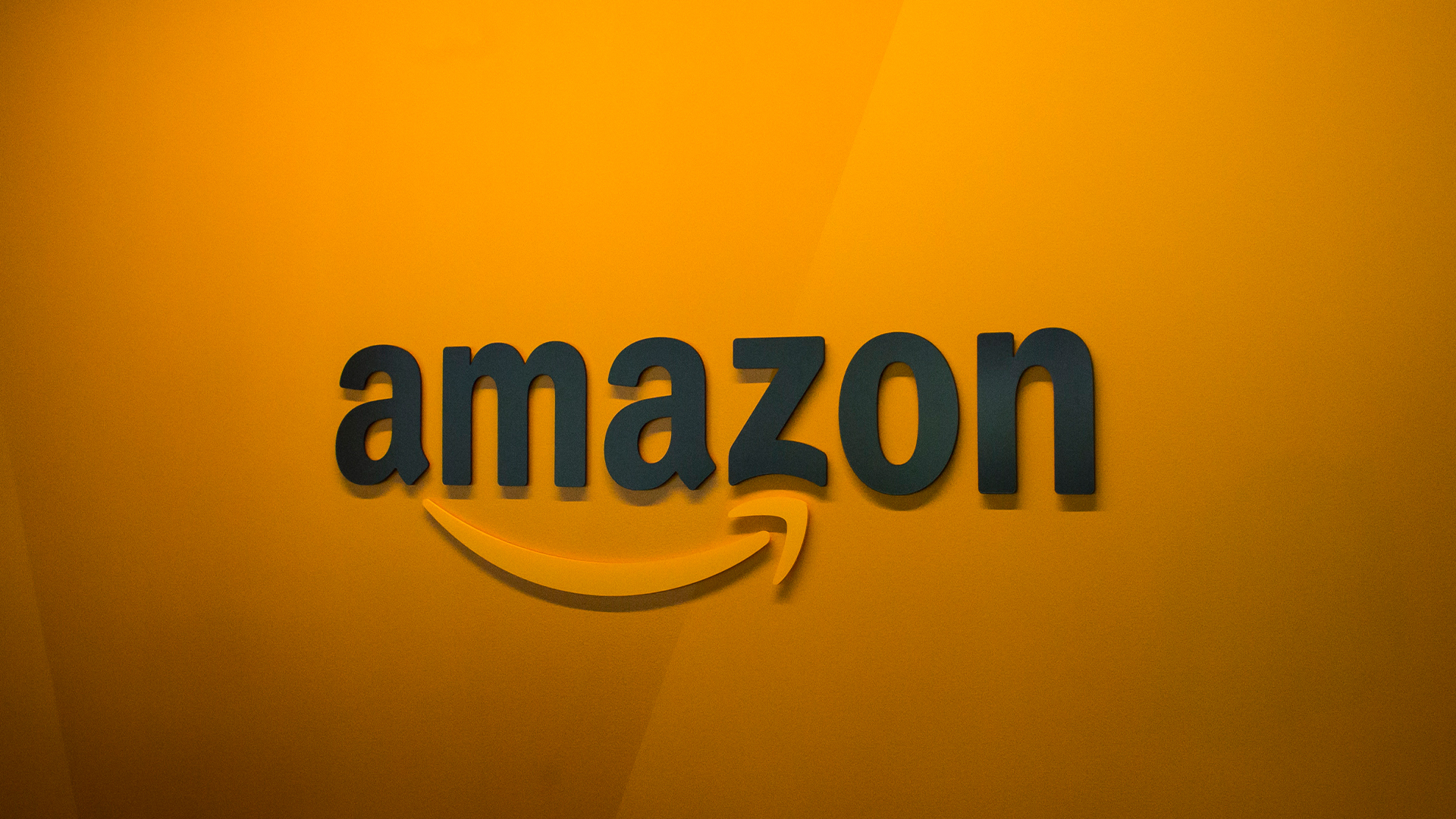 Amazon says Russian-backed threat groups were responsible for multi-year attacks on edge devices
Amazon says Russian-backed threat groups were responsible for multi-year attacks on edge devicesNews Russian-backed hacker groups are exploiting misconfigured edge devices – now preferring that tactic over hunting down traditional vulnerabilities to gain access to company networks.
-
 How to MFA everywhere
How to MFA everywhereIndustry Insights Identity online is not who you are; it is what the system accepts as proof of you, and that gap is exactly what the attackers take advantage of
-
 Windows 10 end of life has passed – here's your business guide to Windows 11
Windows 10 end of life has passed – here's your business guide to Windows 11In-depth As Windows 10's mainstream support ends, it's time for businesses who have yet to upgrade to take a second look at Windows 11
-
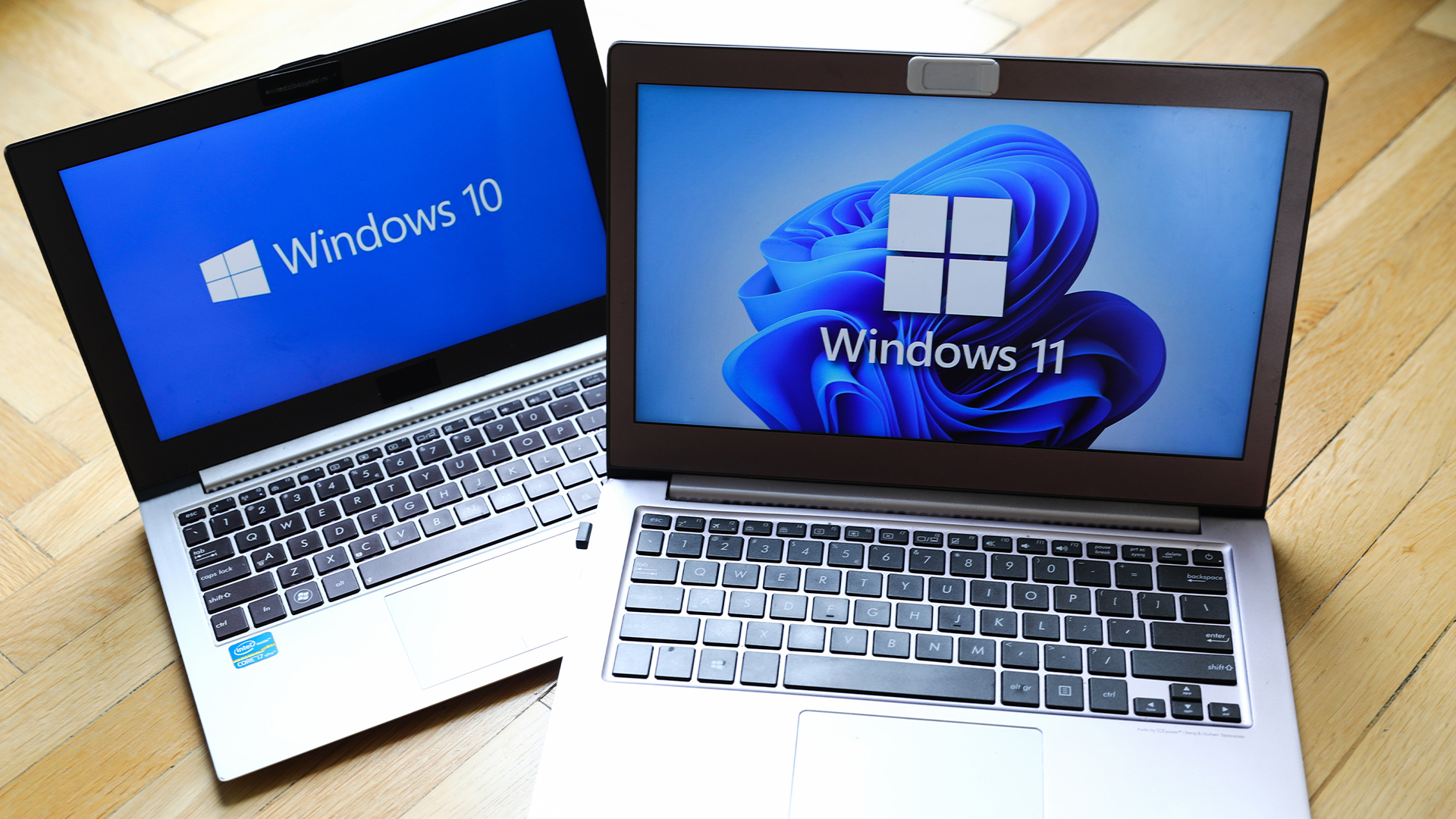 Windows 10 end of life could create a major e-waste problem
Windows 10 end of life could create a major e-waste problemNews The study marks the latest Windows 10 end of life e-waste warning
-
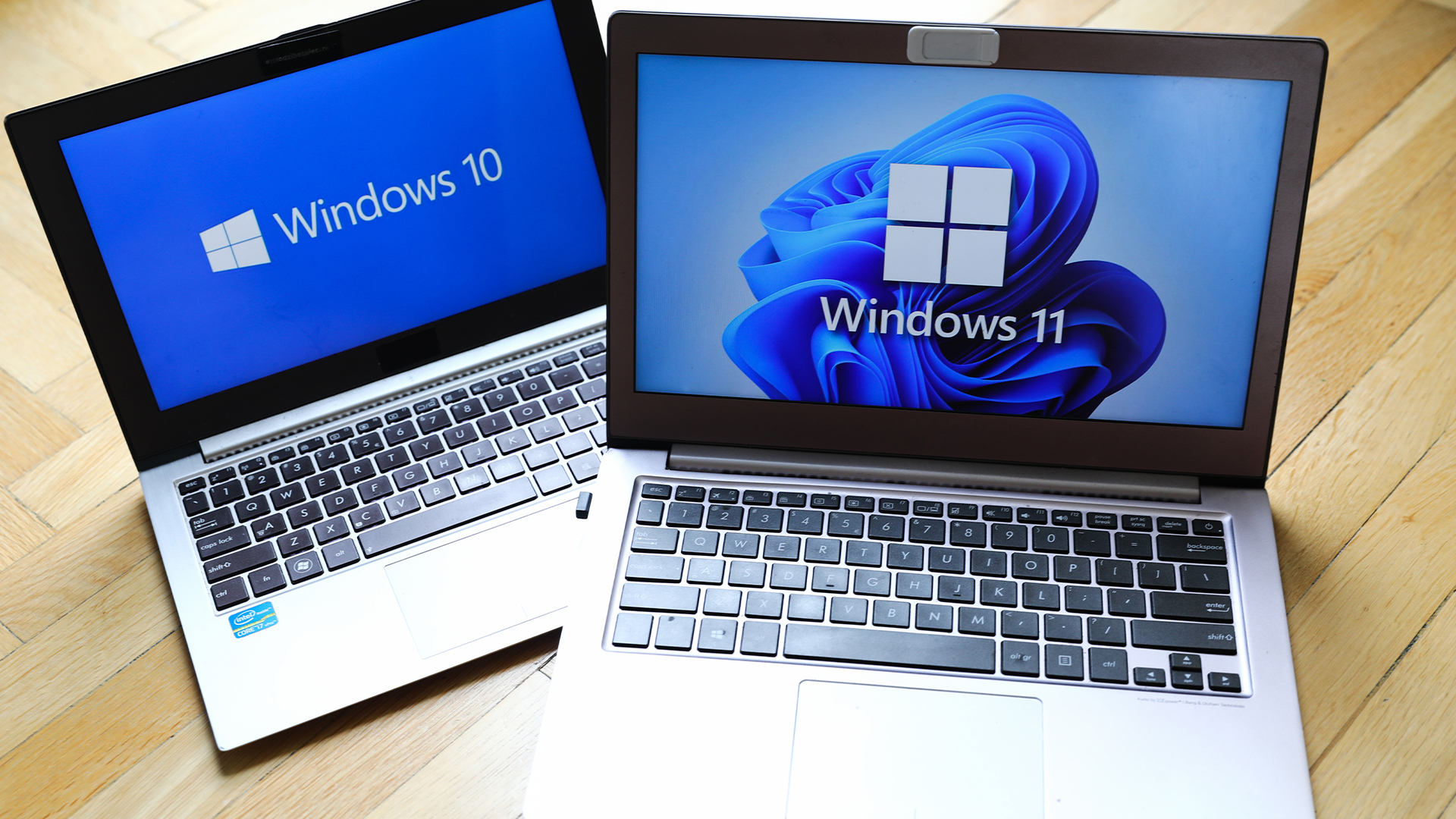 Windows 10 extended support costs could top $7 billion
Windows 10 extended support costs could top $7 billionNews Enterprises sticking with Windows 10 after the October deadline face huge costs
-
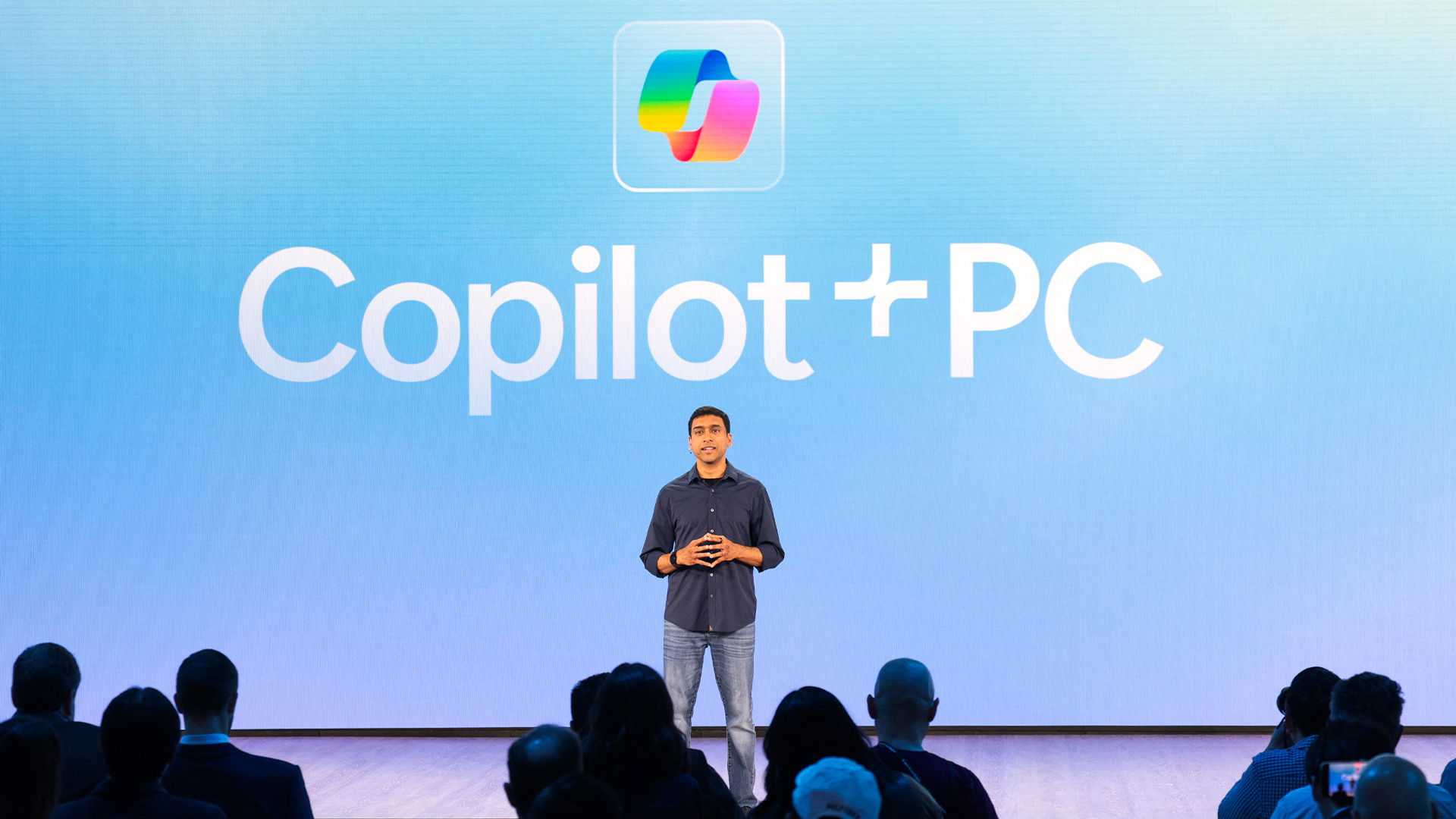 A senior Microsoft exec says future Windows versions will offer more interactive, ‘multimodal’ experiences
A senior Microsoft exec says future Windows versions will offer more interactive, ‘multimodal’ experiencesNews With speculation over a Windows 12 reveal mounting, a senior company figure claims the new operating system will mark a step change for users
-
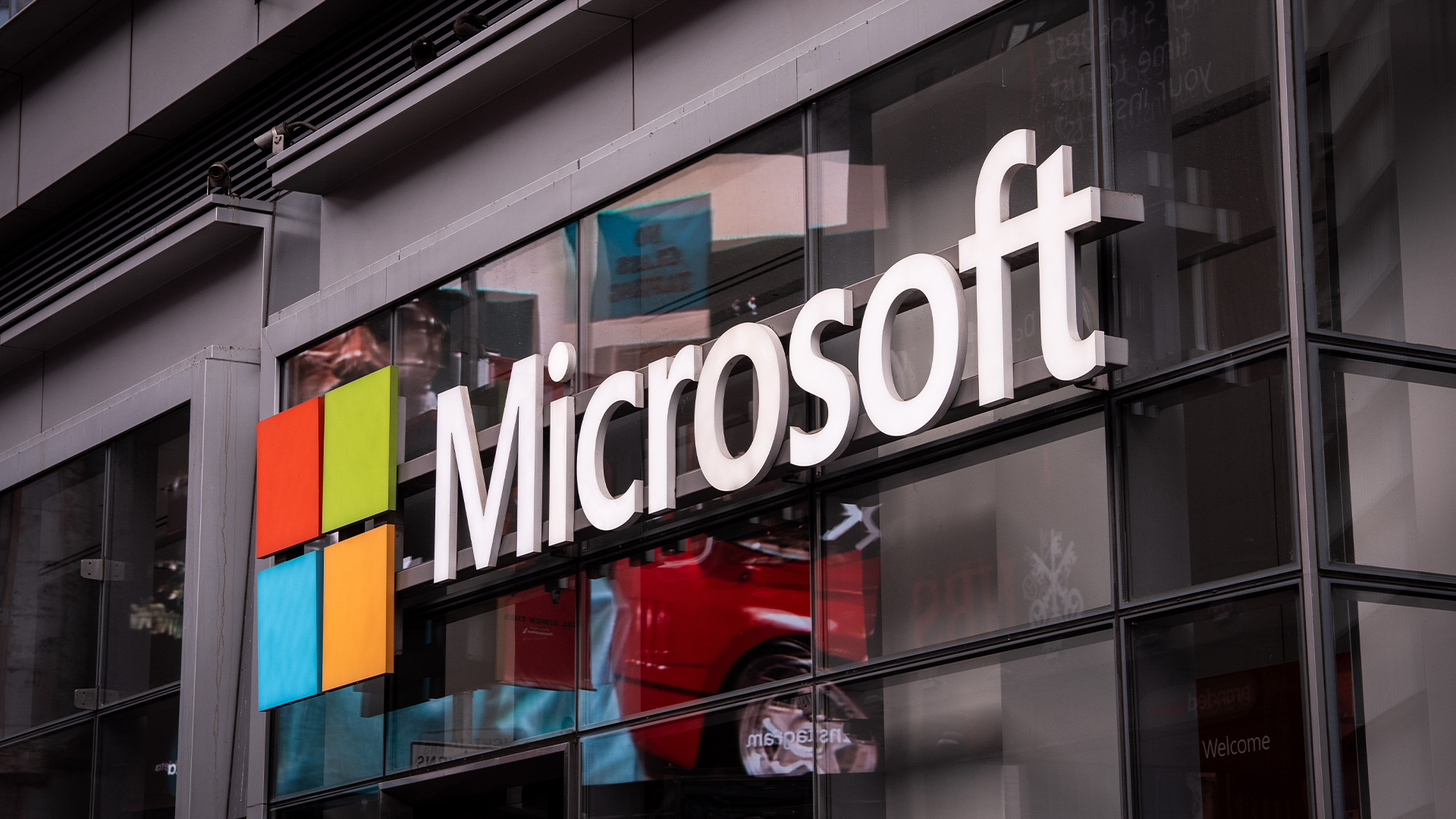 Microsoft’s botched August updates wiped SSDs, now it’s breaking PC resets and recoveries on Windows
Microsoft’s botched August updates wiped SSDs, now it’s breaking PC resets and recoveries on WindowsNews An out-of-band patch has been issued by Microsoft to fix a flaw introduced by its August update
-
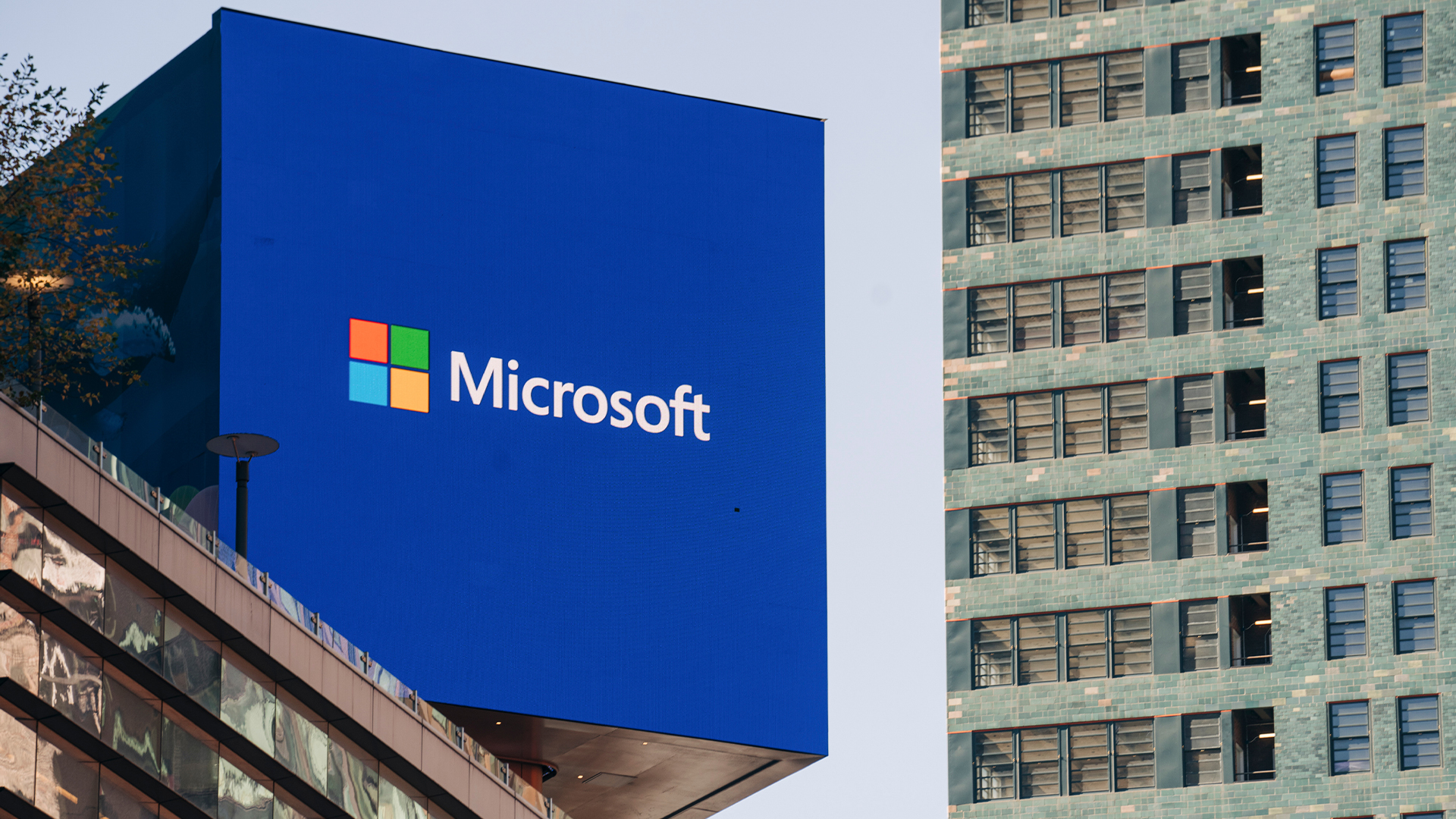 A Windows 11 update bug is breaking SSDs – here’s what you can do to prevent it
A Windows 11 update bug is breaking SSDs – here’s what you can do to prevent itNews Users first began reporting the Windows 11 update bug last week
-
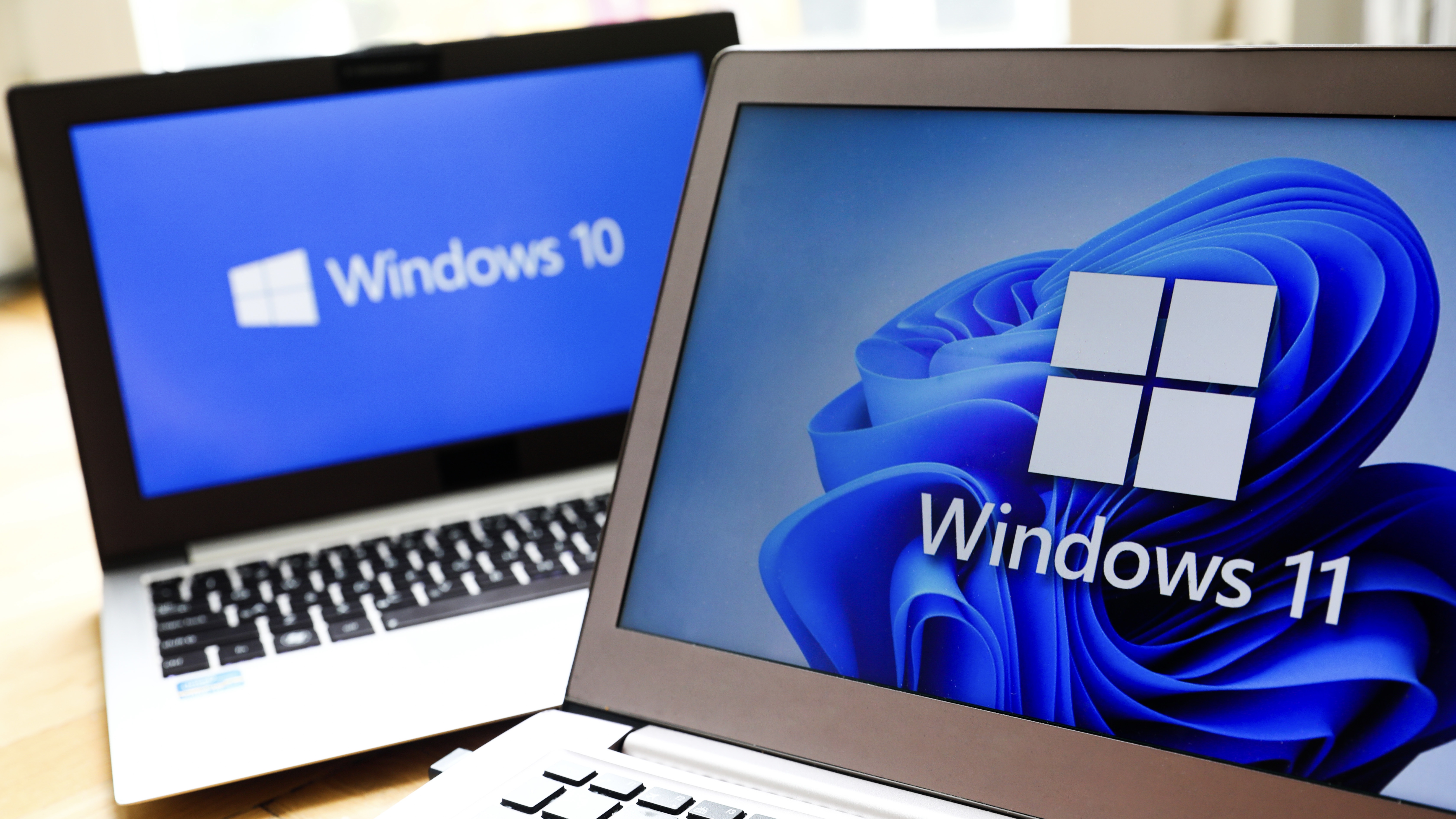 The Windows 11 migration conundrum: What role can the channel play?
The Windows 11 migration conundrum: What role can the channel play?Industry Insights Resellers are instrumental to making the right choice about the next steps...
-
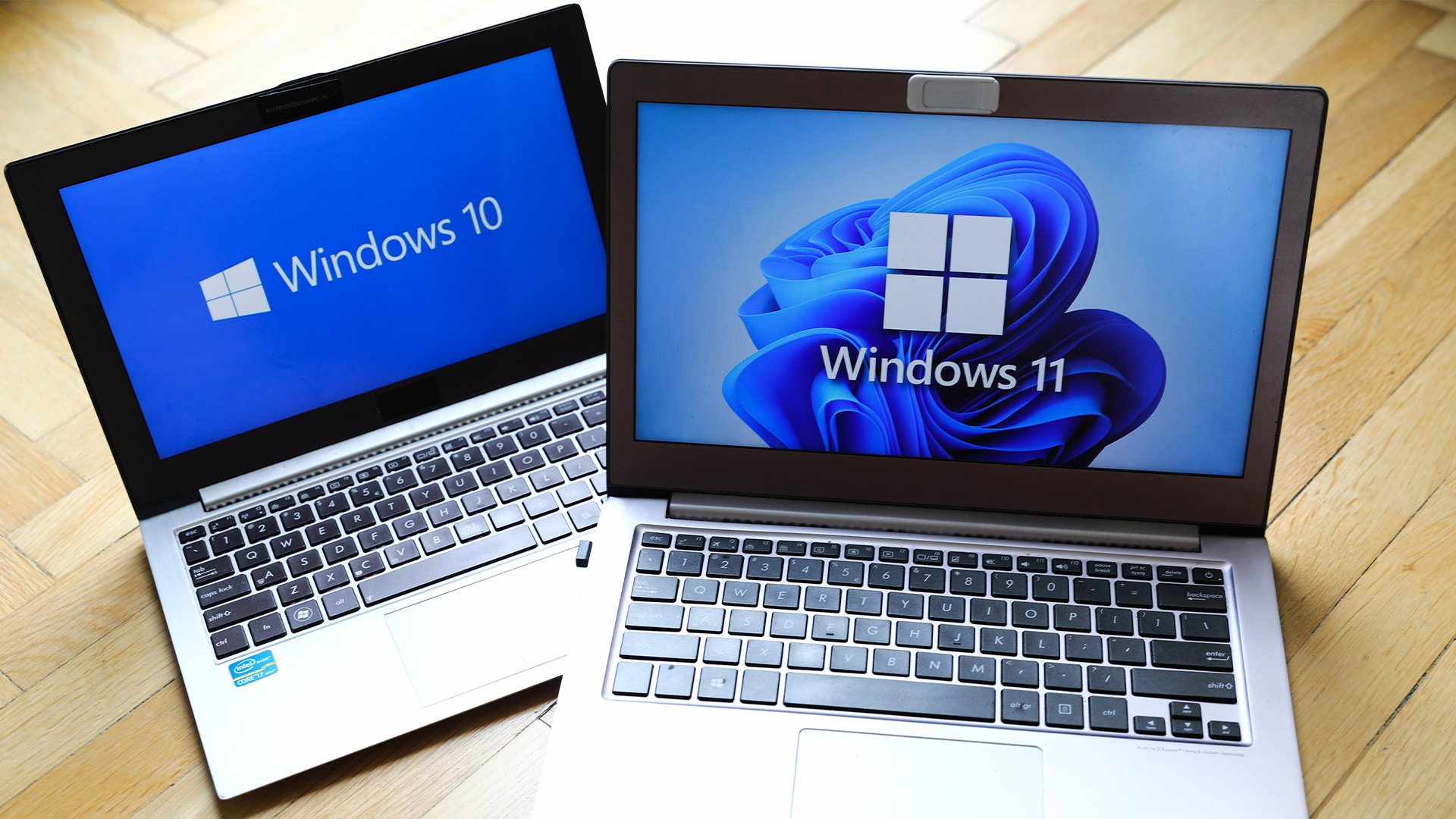 The NCSC just urged enterprises to ditch Windows 10 – here’s what you need to know
The NCSC just urged enterprises to ditch Windows 10 – here’s what you need to knowNews The UK cyber agency says those that haven’t migrated to Windows 11 should do so immediately